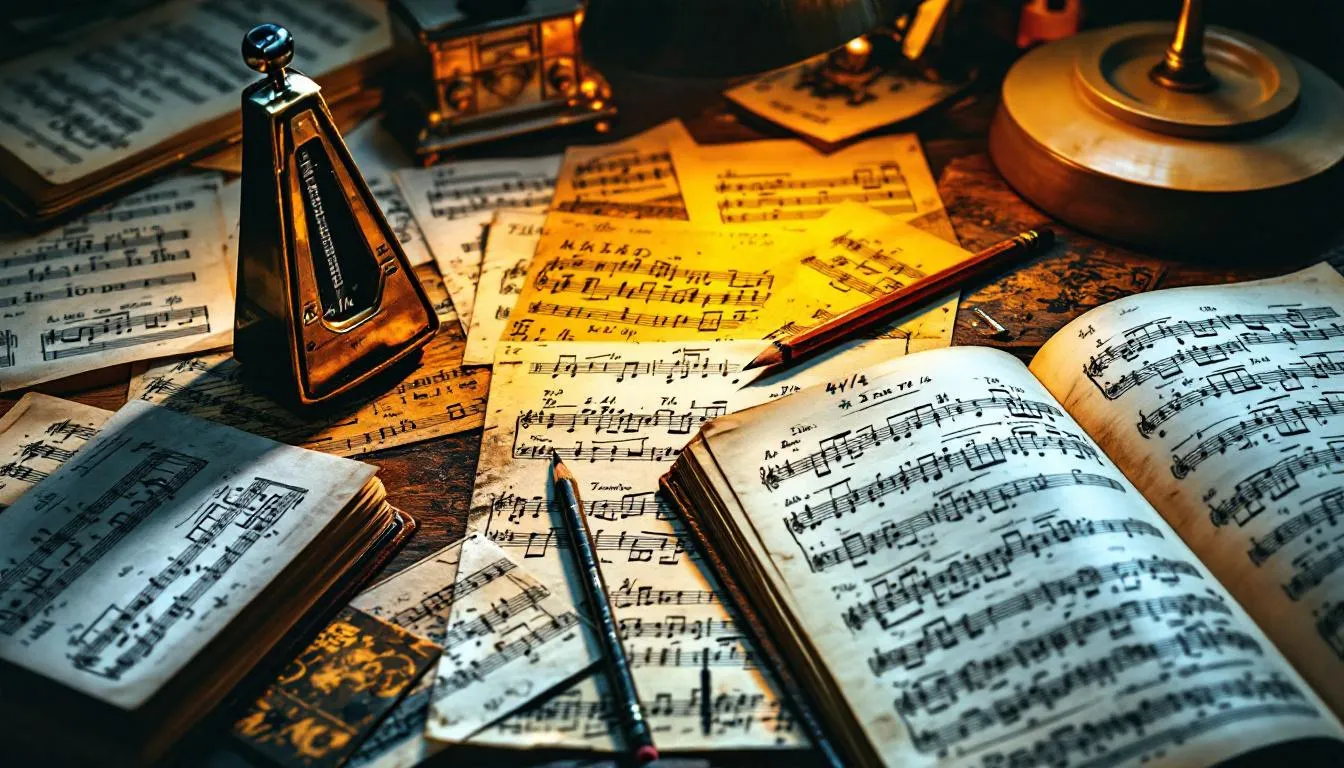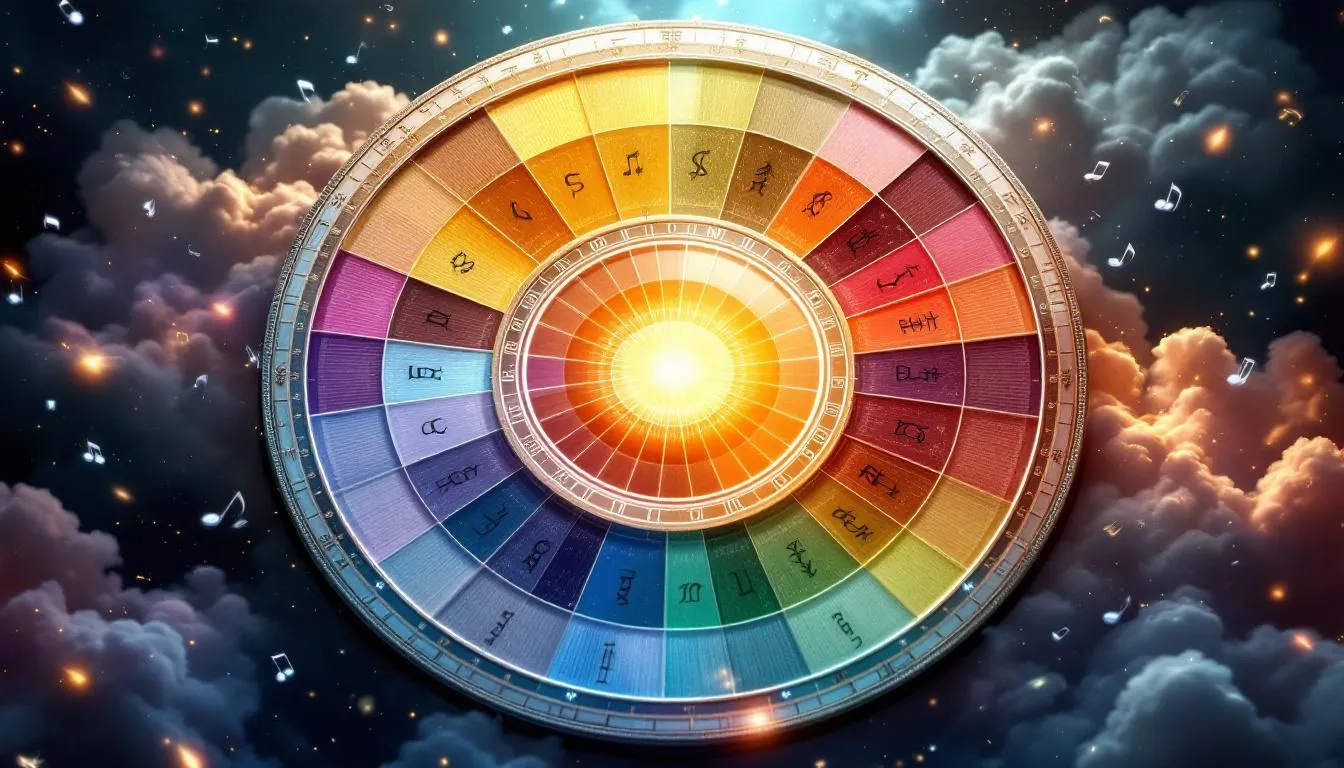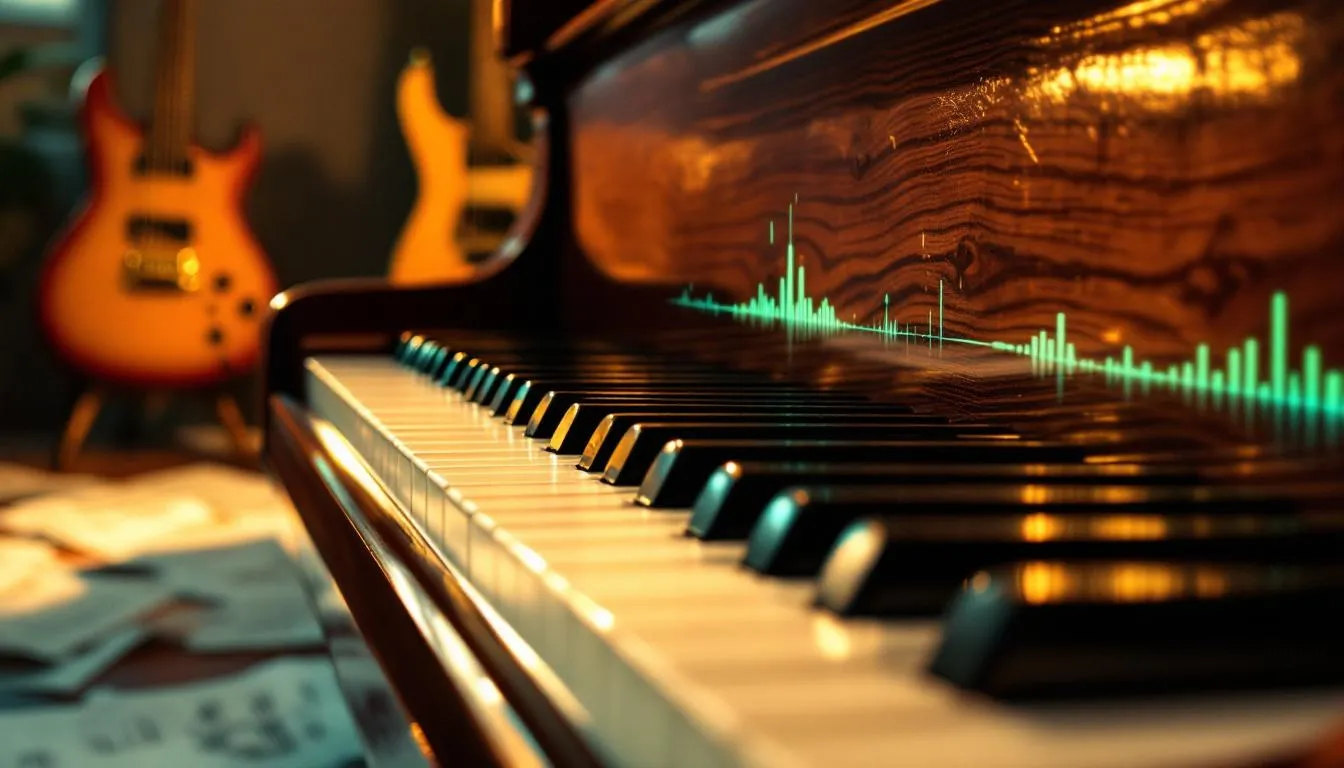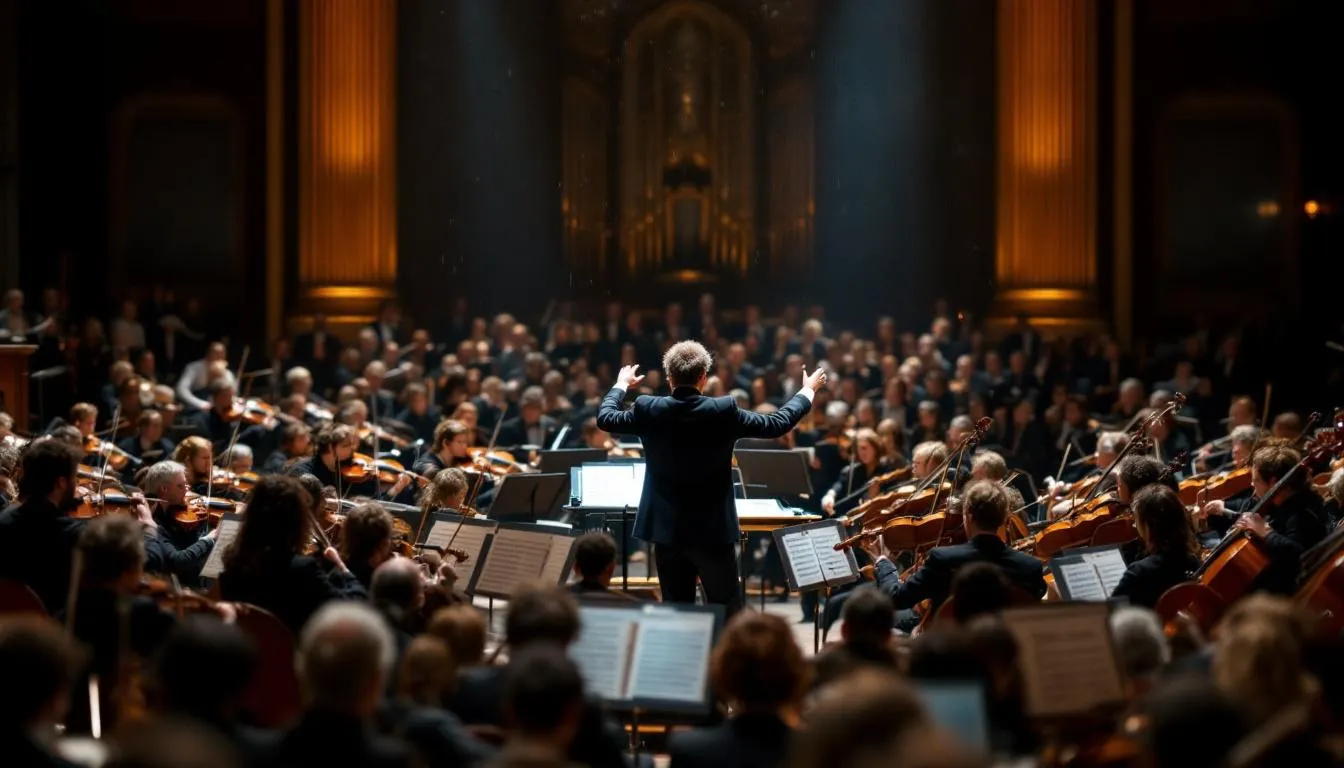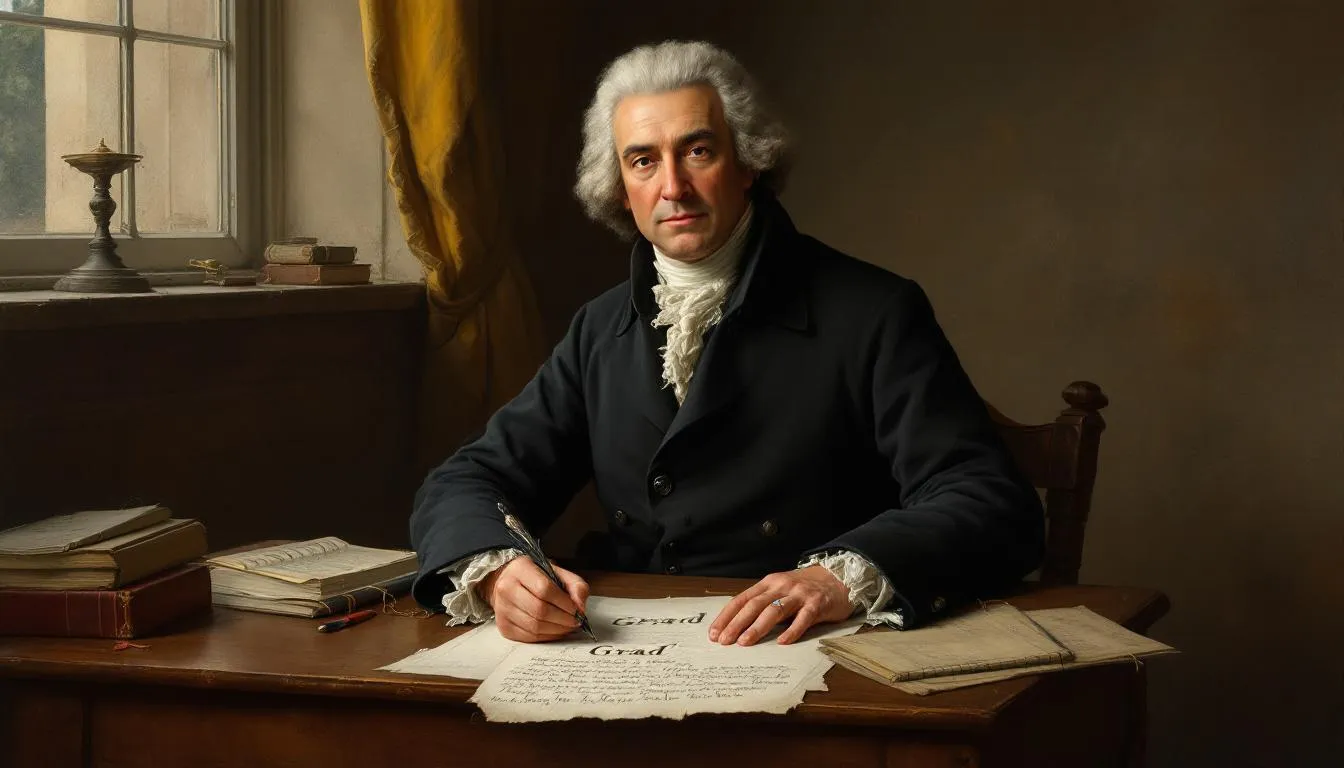
Who Is the Euclid of Music Theory?
Quick Answer In the realm of music theory, certain figures are as foundational as Euclid is to geometry. These are the thinkers who laid down the principles and frameworks that guide musicians today. Johann Joseph Fux is often hailed as the Euclid of music theory due to his systematic approach in “Gradus ad Parnassum,” a […]
Read More